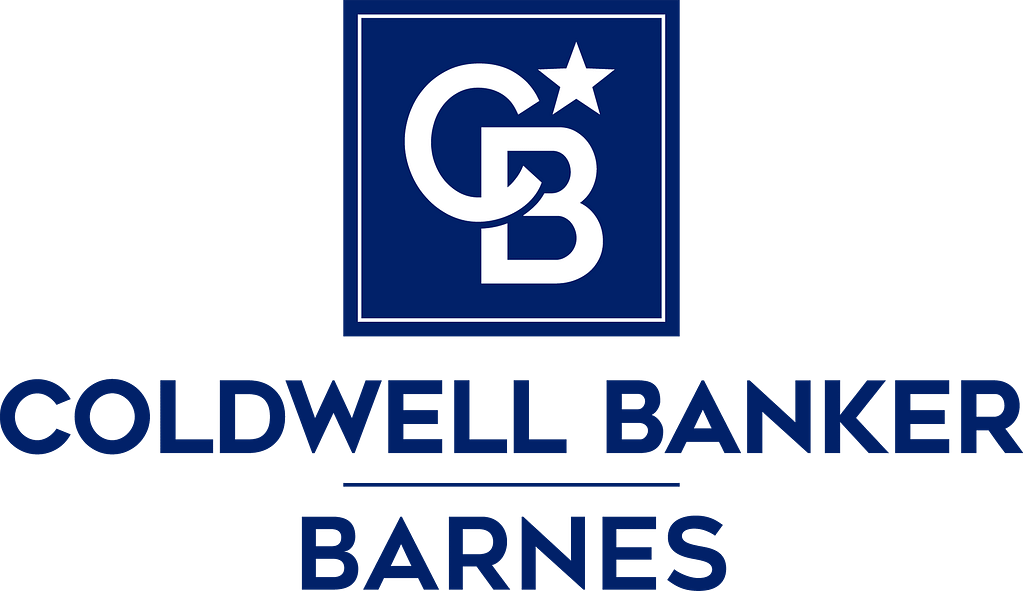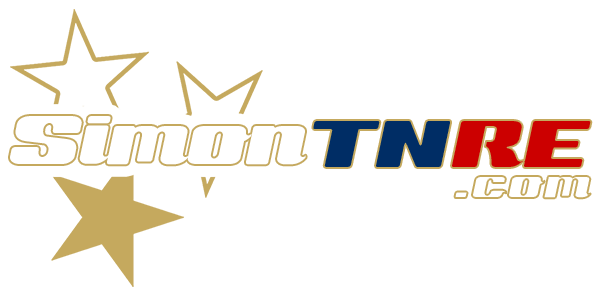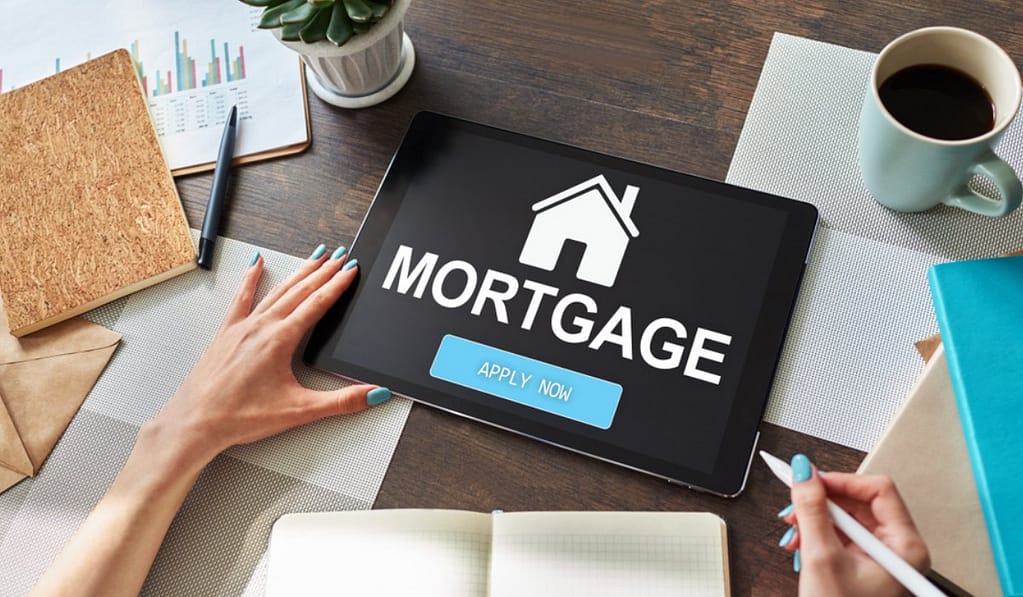Conventional MORTGAGE Loans
There are many different types of loans and financial instruments for buyers to borrow money from a lender and repay it in installments or as a lump sum within a specified period. We will be discussing conventional home mortgage loans, which are the most popular type of home loan for many property owners and home buyers.
A conventional mortgage is a “conforming” financing instrument, which simply implies that it satisfies the requirements of Fannie Mae or Freddie Mac. Fannie Mae, as well as Freddie Mac, are government-sponsored organizations that buy home mortgages from lending institutions as well as market them to investors. This frees up lending institutions’ funds so they can get even more qualified customers into homes.
In general, traditional mortgages have more stringent credit report requirements than government-backed finances like FHA home loans.
Your Down Payment Matters
It’s possible for first-time home buyers to obtain a standard mortgage with a down payment as low as 3%. Nonetheless, the down payment demand can differ based on your individual circumstance as well as the sort of loan or property you’re obtaining. Depending on market conditions lenders are likely to require a minimum of 5%-10% down for most qualified home buyers with good credit and low debt. For savvy home buyers looking to minimize interest expense payments over the life of the loan, they may want to put down a greater amount ranging from 20%-30% down or more depending on their financial situation and budget requirements. A mortgage calculator can help you identify exactly how your down payment will influence your future month-to-month installments.
Private Mortgage Insurance (PMI)
PMI protects your home loan mortgage investors in case you default on your home loan. The expense for PMI differs based on your home loan type, your credit score, and also the amount of your down payment. If you put down less than 20% on a conventional mortgage, you’ll be required to pay for a private mortgage insurance policy (PMI).
PMI is normally paid as a component of your regular monthly mortgage repayment, however, there are other means to cover the cost as well. Some purchasers pay it as an advance charge included in their closing costs. Others pay it at a slightly greater rate of interest. Choosing just how to spend for PMI is a matter of running the numbers to determine which choice is the most cost-effective for you.
experts in finding your dream home


